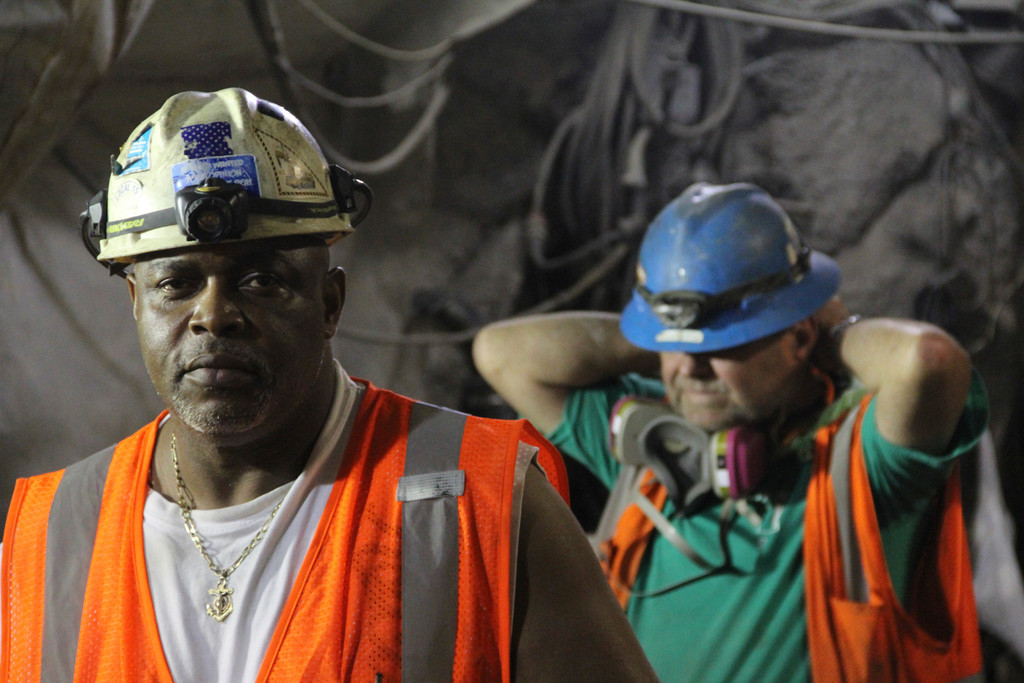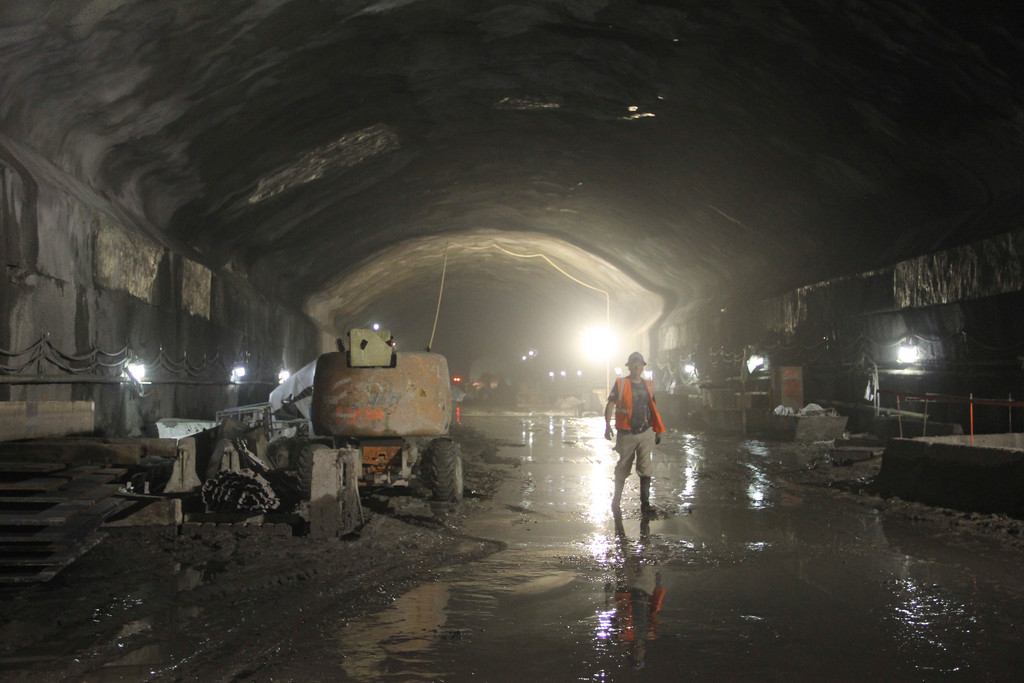Thursday, May 9, 2024
 67.0°,
Mostly Cloudy
67.0°,
Mostly Cloudy
LIRR realizing a long-held dream with East Side Access tunnels
Some 120 feet below the streets of Manhattan, thousands of workers contracted by MTA Capital Construction have been drilling and blasting through bedrock since September 2007 to build a set of Long Island Rail Road tunnels that will eventually connect the Island, including the South Shore, with Grand Central Terminal and the Metro-North Railroad. Tunneling on the Manhattan side of the “East Side Access Project,” as it’s known, is complete, and work on the Queens side, which began in May, is well under way.
Last Friday, a group of Herald editors, executives and interns got a firsthand look at this $7.3 billion “mega-project,” touring the dark and dusty caverns through which LIRR trains will ferry an estimated 162,000 riders a day. Work on the tunnels is expected to wind down in 2016, according to MTA officials.
The tour began in the morning, in Long Island City, Queens, where the MTA is boring underneath Amtrak’s Sunnyside Yard west toward the 63rd Street Tunnel, which runs below the East River, just north of the Queensborough Bridge. At 63rd and Park in Manhattan, the new LIRR tunnels head south to Grand Central Terminal at 42nd Street, where trains will arrive and depart on eight platforms, and passengers will enter and exit Grand Central Terminal via a 180-foot-long escalator.
Alan Paskoff, senior vice president of MTA Capital Construction, which is overseeing the project, said workers will have cut 41,000 feet of tunnel when all is said and done –– 31,000 feet on the Manhattan side and 10,000 feet on the Queens side. It is the largest capital project now under way in the United States, and the LIRR’s biggest in a century.
“This is a major operation,” Paskoff said from an office high above the Sunnyside Yard, shortly before the tour of the Queens side began.
Dr. Michael Horodniceanu, president of MTA Capital Construction, led the tour on the Manhattan side in the afternoon. Horodniceanu said that 1,500 workers, who call themselves “sand hogs,” are on the job to complete the project by 2016. At times, that number can swell to 2,000.
“What we’re trying to do is bring Long Islanders into Midtown,” said Horodniceanu, who has a doctorate in engineering.
HELP SUPPORT LOCAL JOURNALISM
The worldwide pandemic has threatened many of the businesses you rely on every day, but don’t let it take away your source for local news. Now more than ever, we need your help to ensure nothing but the best in hyperlocal community journalism comes straight to you. Consider supporting the Herald with a small donation. It can be a one-time, or a monthly contribution, to help ensure we’re here through this crisis. To donate or for more information, click here.
Sponsored content
Other items that may interest you













